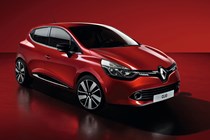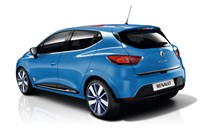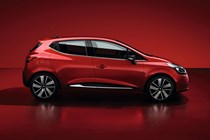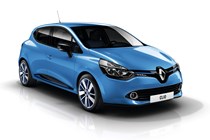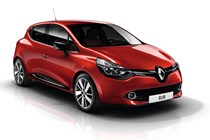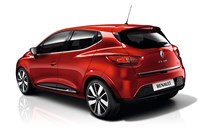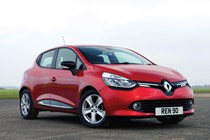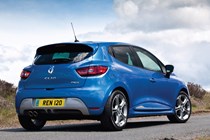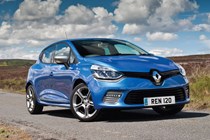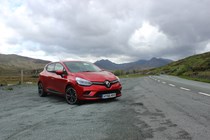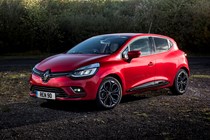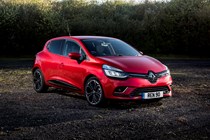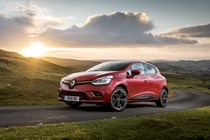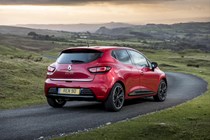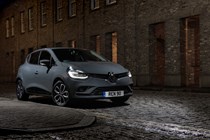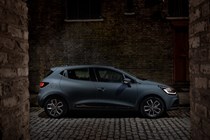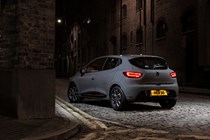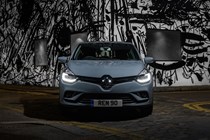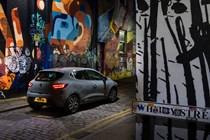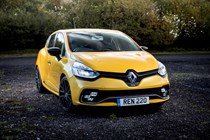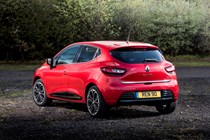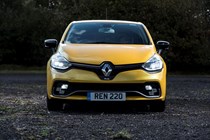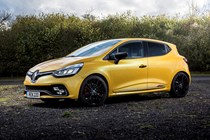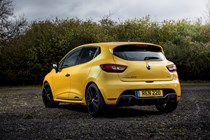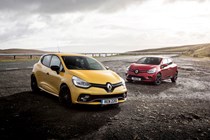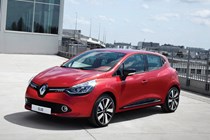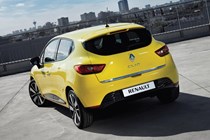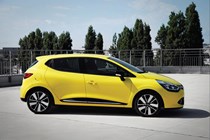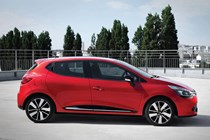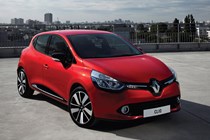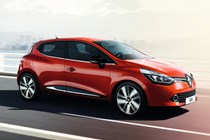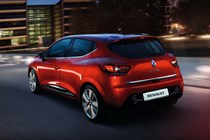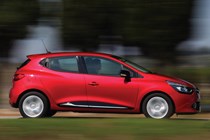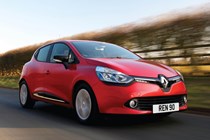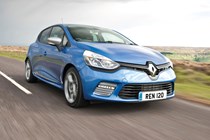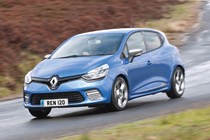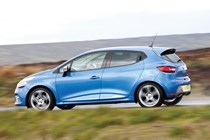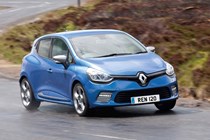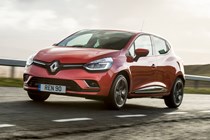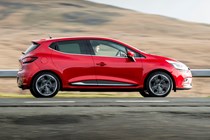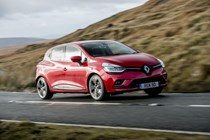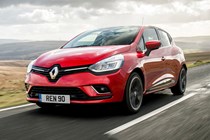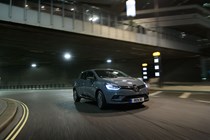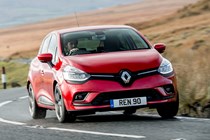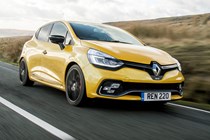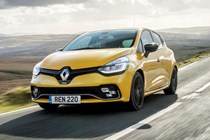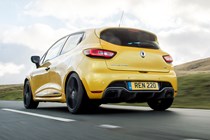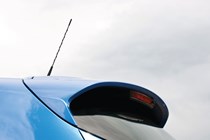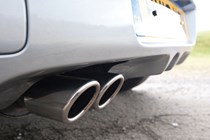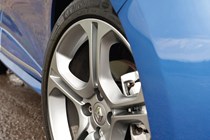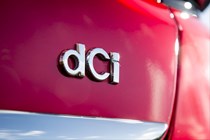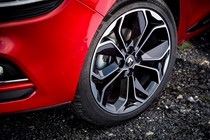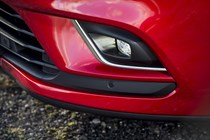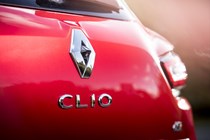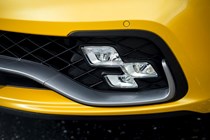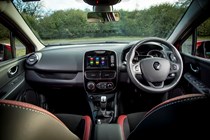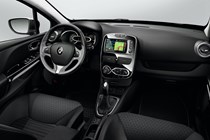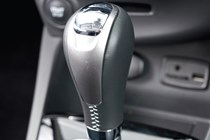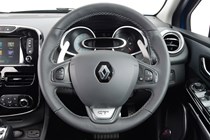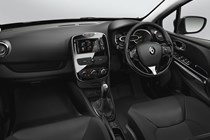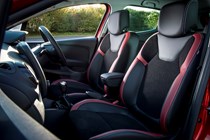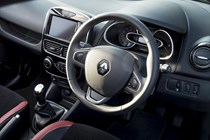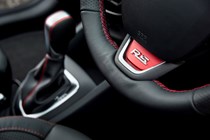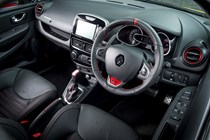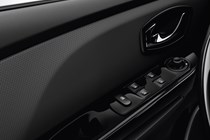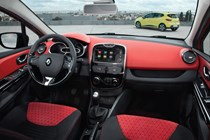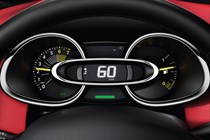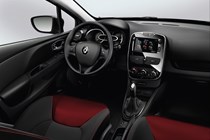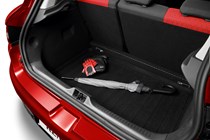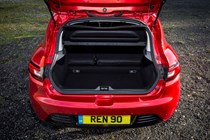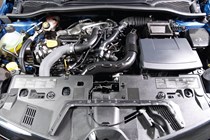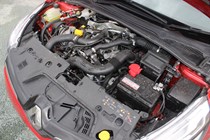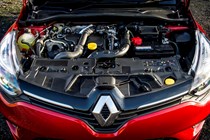
Renault Clio Hatchback running costs and reliability
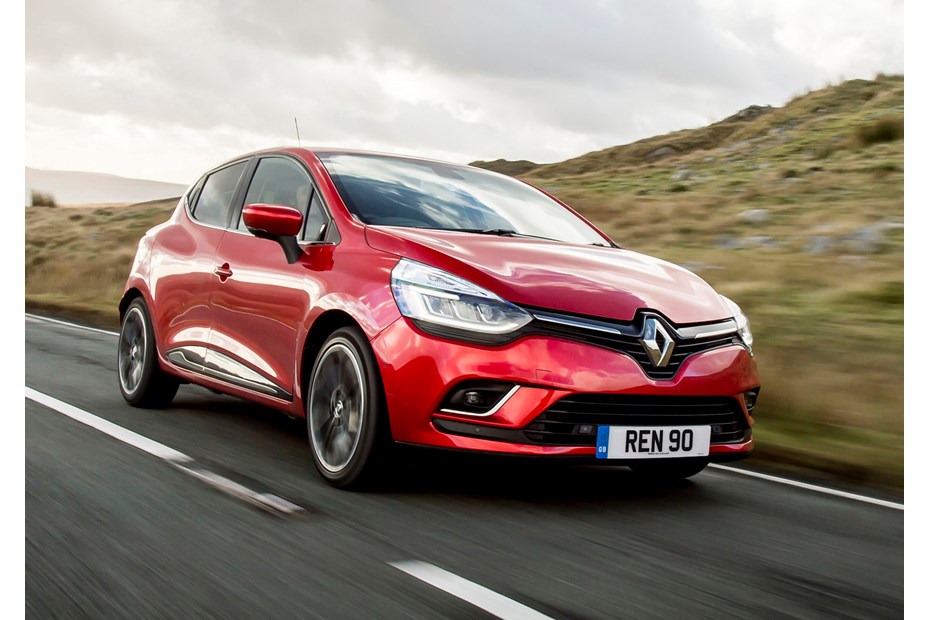
Miles per pound (mpp) ⓘ
| Petrol engines | 6.8 - 6.9 mpp |
|---|---|
| Diesel engines | 7.2 - 7.4 mpp |
Fuel economy ⓘ
| Petrol engines | 46.3 - 47.1 mpg |
|---|---|
| Diesel engines | 56.5 - 57.6 mpg |
- dCi 90 boasts highest claimed fuel conomy
- TCe 90 petrol not far behind, though
- Renaultsport models will cost more
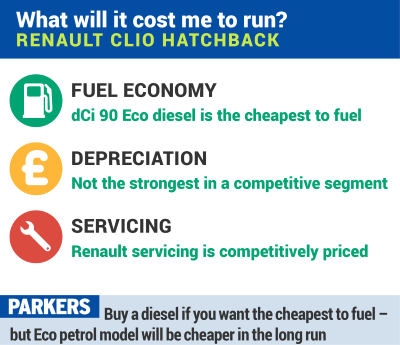
Small hatchbacks and low running costs usually go hand-in-hand and so it is with the Renault Clio where efficiency is at the heart of its ethos.
Sipping fuel at the slowest rate are the Clios powered by the dCi 90 diesel, with an official claim of 57.6mpg and CO2 emissions of 105g/km.
The large premium for a diesel engine in a small car can mean that these only make sense for the highest-mileage drivers. No problem though; the TCe 90 petrol model claims an average of 47.1mpg. The TCe 75 offers an identical figure.
Most expensive to run? No surprise that it’s the quickest Clio – the Renaultsport 220 Trophy. Everything’s relative, though, as its claims of 47.9mpg and emissions of 135g/km of CO2 on the older NEDC system. This model was taken off sale before the later, more accurate WLTP system was adopted.
Servicing should be relatively inexpensive too, as should consumables like tyres, although again the Renaultsport versions will inevitably cost more.

The Clio used to boast some headline-grabbing claimed fuel economy figures and low CO2 figures, but since the switch to the latest WLTP emissions regulations, these have become less eye-catching.
Lowest of the supermini range is the dCi 90 with an exhaust output between 104 and 107g/km, while both TCe petrols emit between 113 and 114g/km.
Whichever Renaultsport Clio you opt for, both are equal last for CO2 emissions at 135g/km, although compared with larger cars, this remains a low figure overall.
- Reliable mechanical components
- Some concerns about reliability remain
- Robust construction on the whole

While the French marque’s reputation for reliability is improving, the Renault Clio has suffered a few maladies in recent years. These are early production issues, which now it’s in mid-life, have largely been ironed out.
According to the vehicle inspectorate DVSA, this-generation Clio’s been subjected to five official recalls in its life-cycle for potential brake failure, possible wheel detachment and a loose rear spoiler.
Mechanically there’s little that’s new with the Clio, with many engines and transmissions not only shared with other Renaults, but Dacias, Nissans and Mercedes-Benzes, too.
Clios feel well-assembled and the switchgear doesn’t feel fragile like it did on earlier generations of the car.
Ongoing running costs
| Road tax | £0 - £190 |
|---|---|
| Insurance group | 3 - 28 |
Get an insurance quote with

|
|



